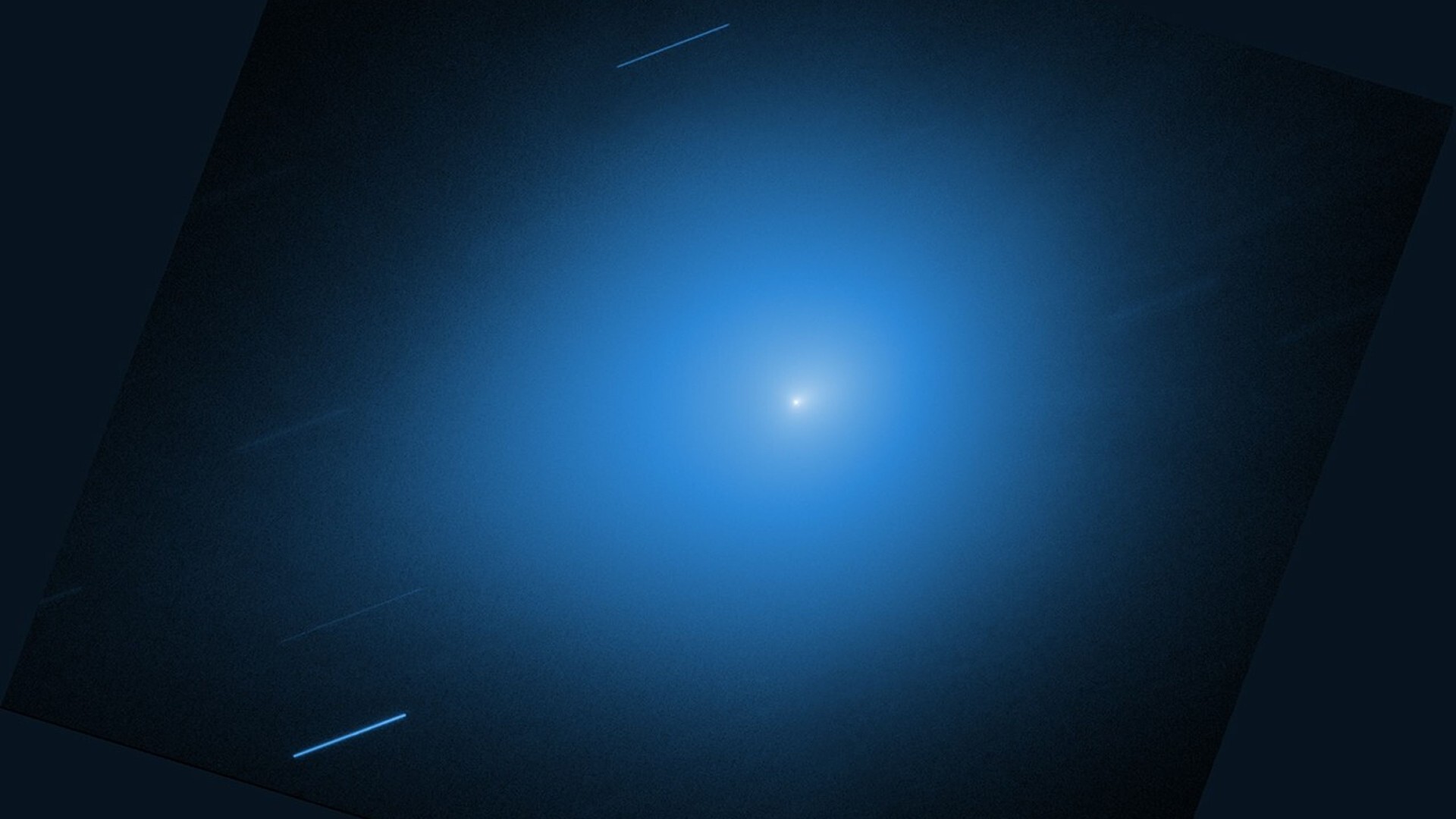NASA launches sounding rocket to study space X-rays
The brief suborbital mission gathered data about the source and nature of "soft" X-rays.

The space X-ray picture may soon get a little clearer.
A Black Brant IX suborbital rocket topped with the Diffuse X-rays from the Local galaxy (DXL) experiment launched from NASA's Wallops Flight Facility on Wallops Island, Virginia at midnight EST (0500 GMT) on Sunday (Jan. 9).
DXL was designed to gather data about "soft" X-rays, which aren't as energetic as the ones doctors use to image bones but can cause disturbances high in Earth's atmosphere that interfere with radio communications and GPS navigation.
The origin and nature of soft X-rays remain somewhat mysterious.
Related: The history of rockets
My view from Cape May, NJ. Using next generation camera technology, I tracked the rocket into the darkness. Quite windy and cold tonight but the clips will only get better from here for this years launches ! pic.twitter.com/fGC9ahsiEpJanuary 9, 2022
"Very low-energy diffuse X-rays from space are believed to come from two sources," Massimiliano Galeazzi, the principal investigator for the DXL mission from the University of Miami, said in a NASA statement.
"The first source is located outside our solar system and is generated by remnants of multiple supernovae explosions forming what is now called the Local Hot Bubble region of our galaxy," Galeazzi said. "The second source is within the solar system and is generated by the solar wind charge exchange. DXL seeks to gain a better understanding of the nature and characteristics of these sources."
Breaking space news, the latest updates on rocket launches, skywatching events and more!
The DXL payload reached a maximum altitude of 166 miles (267 kilometers) during Sunday's flight and gathered good data, NASA reported in an update to the same statement.
The launch was the fourth in a series of DXL suborbital missions. The first, in 2012, showed that just 40% of the soft X-ray background originates in our solar system. That means that the Local Hot Bubble is the primary source, NASA officials said in the statement.
Sunday's launch was visible to skywatchers under clear skies throughout the mid-Atlantic region, a number of whom posted their views of it on Twitter.
Editor's note: This story was updated at 2 a.m. EST on Sunday (Jan. 9) with news of the successful launch.
Follow Elizabeth Howell on Twitter @howellspace. Follow us on Twitter @Spacedotcom and on Facebook.

Elizabeth Howell (she/her), Ph.D., was a staff writer in the spaceflight channel between 2022 and 2024 specializing in Canadian space news. She was contributing writer for Space.com for 10 years from 2012 to 2024. Elizabeth's reporting includes multiple exclusives with the White House, leading world coverage about a lost-and-found space tomato on the International Space Station, witnessing five human spaceflight launches on two continents, flying parabolic, working inside a spacesuit, and participating in a simulated Mars mission. Her latest book, "Why Am I Taller?" (ECW Press, 2022) is co-written with astronaut Dave Williams.
